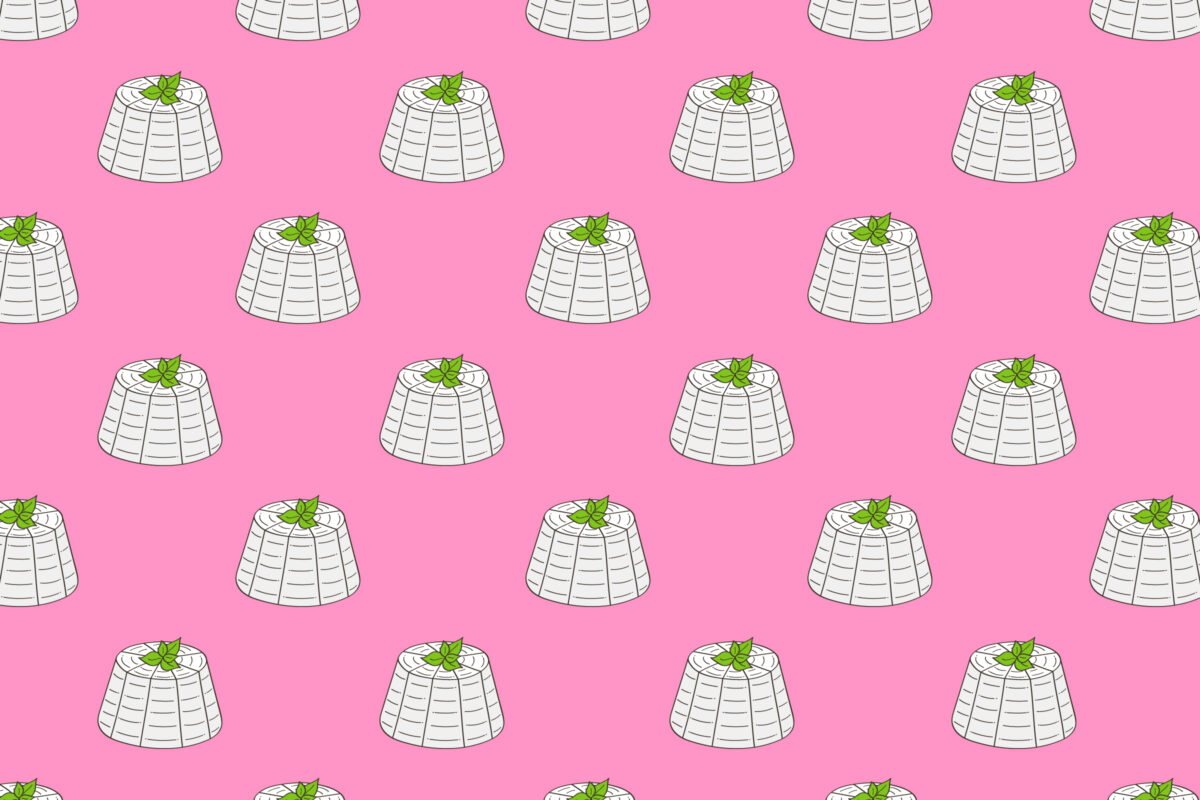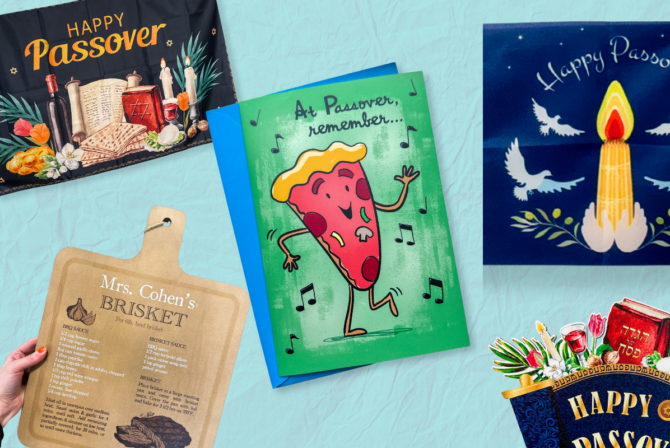Typically, my 4-year-old daughter gets her fill of Jewish learning when we go to the kid’s Shabbat services at our local synagogue. The group does a wonderful job teaching lessons about holidays in an age-appropriate way — from crafts to songs, the staff and volunteers do a dynamite job of getting the children excited to celebrate Jewish traditions.
Thanks to restrictions due to Covid-19, however, I can’t outsource my daughter’s Jewish education anymore. I have to get creative and engage her myself if I want her to have an understanding of Jewish holidays and customs, especially as there are few other Jewish families where we live. And now, with the Jewish holiday of Shavuot — which commemorates the Jewish people receiving the Torah on Mt. Sinai — just around the corner (this year the holiday begins on the evening of Thursday, May 28), it looks like mama is going to have to get creative.
But what to do? Crafts are really not my thing; I’m basically the antithesis of a Pinterest mom. Fortunately, however, Shavuot is a holiday that encourages eating dairy and cooking: two of my specialties! I am a registered dietitian by trade and I love bringing my daughter into the kitchen to gain cooking skills. And, as for the dairy — well, let’s just say that if you put any cheese in front of me, it will find its way into my belly.
Over the years, I have heard varying explanations as to why Jews eat dairy to celebrate Shavuot. Some explanations include that since the Torah was delivered on Shabbat, animals could not be slaughtered, because that is work. We assume the Jews ate a dairy meal on this day, and therefore we follow suit. Another explanation is that the Torah is compared to milk in the Song of Solomon, and therefore we eat dairy to commemorate this association.
Honestly, whatever the reason, if there’s a Jewish holiday that is celebrated by eating delicious dairy foods like blintzes and cheesecake, I am here for it! (Much more enjoyable than fasting for a whole day like we do when we observe Yom Kippur, wouldn’t you say?)
So, when it comes to our homegrown Shavuot celebration, my daughter and I could just make basic yogurt parfaits and call it a day. But I want to do something that is unique and a bit special, so I decided on a DIY ricotta cheese project.
Why ricotta? Well, it’s a project that involves just a few steps and is therefore appropriate for a preschool-aged sous chef. Plus, making ricotta is a science lesson, too: Mixing milk with an acidic ingredient like vinegar or lemon causes some of the milk proteins to curdle. Watching the process first-hand opens an hand-on opportunity to discuss this scientific process, neat!
What’s more, it’s a wonderful ingredient that’s very versatile. Ricotta cheese has a soft consistency which makes it perfect for something like lasagna or stuffed manicotti; some out-of-the-box ideas include a ricotta caramel apple salad, a wild blueberry pancake smoothie, and honey-sweetened fruit and ricotta toast.
Last but not least, it’s super-simple — a crucial detail for whenever you’re cooking with little ones. Homemade ricotta only involves three ingredients: milk, white vinegar, and salt. So, get those kids in the kitchen, and happy Shavout!
DIY Ricotta Recipe
- Ingredients
- 2 cups of whole milk
- 2 tablespoons of distilled white vinegar
- ¼ tsp. of salt
Directions
1. Place a colander over a mixing bowl, making sure there is room for liquid to drain into the bowl.
2. Place 2 paper towel sheets inside the colander.
3. Combine milk, salt, vinegar in a microwave-safe bowl.
4. Microwave on high until milk is lightly bubbling around the edges. (This generally takes around 3 minutes.)
5. Using potholders, remove bowl from microwave and stir gently for a few seconds. Milk should quickly separate into solid white curds and transparent liquid whey.
6. Using a slotted spoon, transfer the curds to the colander and drain for at least 5 minutes.
7. The curd left on top of the paper towels is your ricotta cheese! Carefully spoon the ricotta into a container.
Yield: 2 cups of whole milk will result in approximately a 1⁄2 cup of ricotta cheese. Recipe adapted from The Dairy Alliance.
Header image design Grace Yagel; cheese illustration by Shorenated/Getty Images








